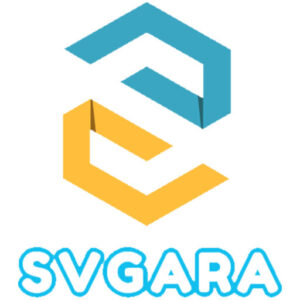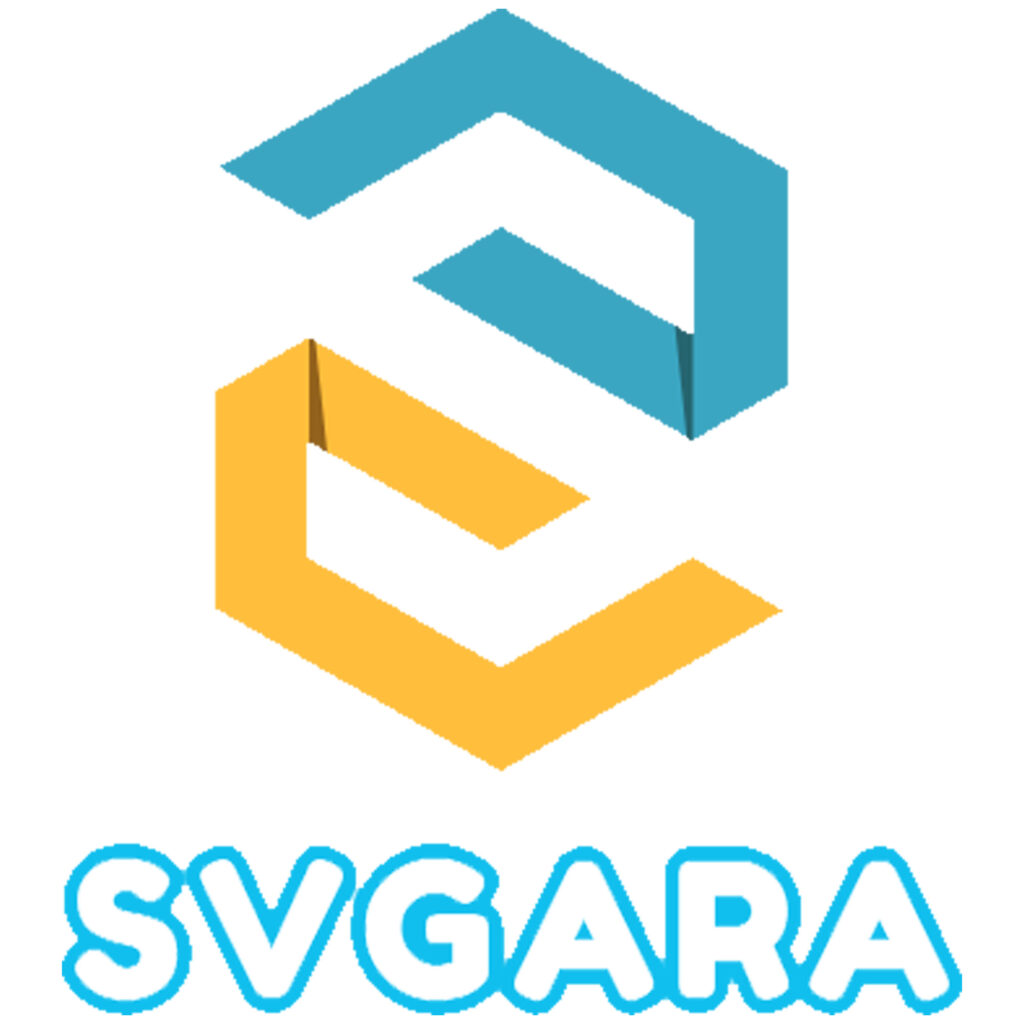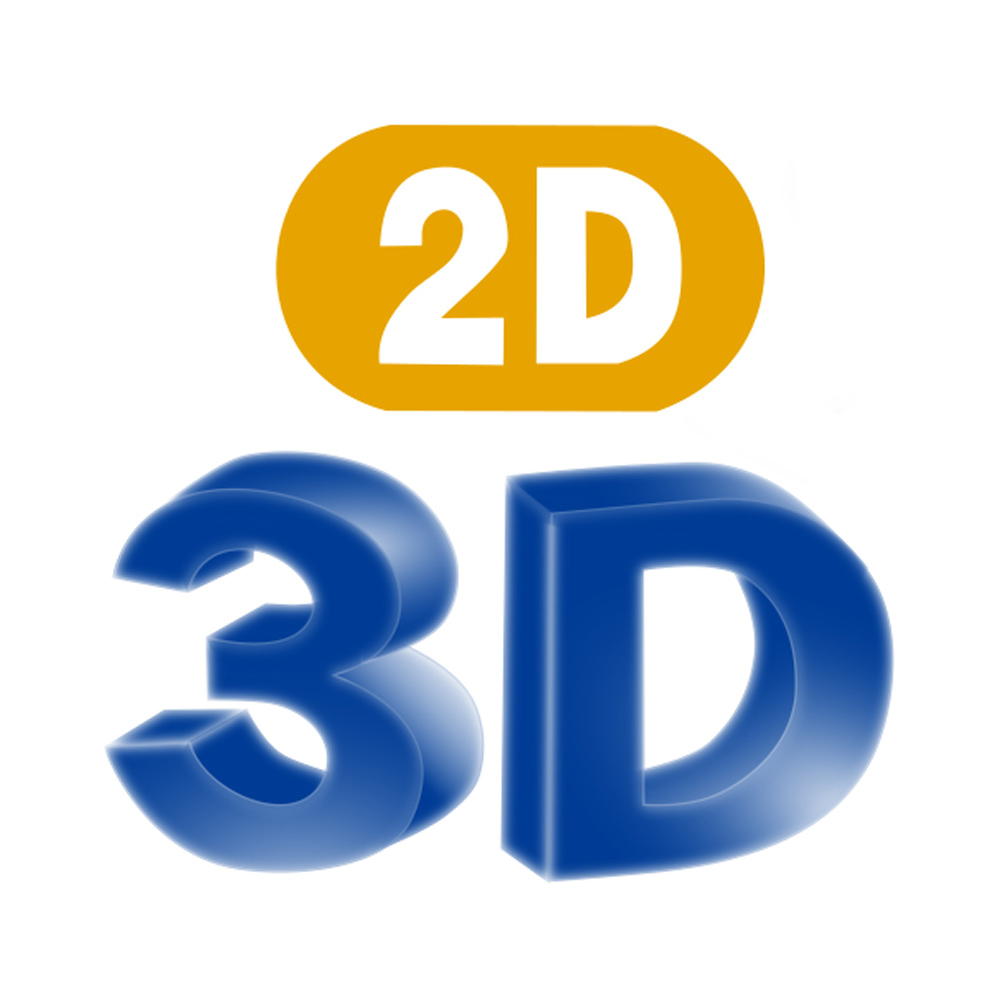BLOG
The Difference Between 2D and 3D Printing
The Difference Between 2D and 3D Printing
Introduction: 2D and 3D printing are two different technologies that serve distinct purposes. While 2D printing is the traditional method of printing text and images on flat surfaces, 3D printing is a more advanced process that creates three-dimensional objects. Here’s a breakdown of the main differences between the two.

1. Dimensions
- 2D Printing:
- Creates flat images or text with only two dimensions: length and width.
- 3D Printing:
- Produces objects that have three dimensions: length, width, and height, resulting in a tangible, physical item.
2. Process
- 2D Printing:
- Involves applying ink or toner onto a flat surface like paper or fabric.
- The process is quick and straightforward, ideal for printing documents, photographs, and other flat designs.
- 3D Printing:
- Involves building an object layer by layer from a digital 3D model.
- Uses materials like plastic, resin, or metal to create the object, making it a more complex and time-consuming process.
3. Materials Used
- 2D Printing:
- Typically uses paper, fabric, or plastic sheets as the medium.
- Ink or toner is the primary material used for printing.
- 3D Printing:
- Can use a variety of materials, including plastics, resins, metals, and even ceramics.
- The material choice depends on the desired properties of the final 3D object.
4. Applications
- 2D Printing:
- Commonly used for printing documents, images, posters, and packaging.
- Found in everyday environments like offices, schools, and homes.
- 3D Printing:
- Used in industries like manufacturing, healthcare, automotive, and aerospace for creating prototypes, tools, and even final products.
- Also popular among hobbyists and designers for creating custom models, parts, and artistic creations.
5. Cost and Accessibility
- 2D Printing:
- Generally more affordable and widely accessible, with many people owning 2D printers.
- 3D Printing:
- Can be more expensive due to the cost of 3D printers and materials, although prices are becoming more affordable as technology advances.
- Less common in everyday settings but growing in popularity as 3D printing technology becomes more user-friendly.
Conclusion:
2D and 3D printing serve different purposes and are suited to different needs. 2D printing remains essential for creating flat, visual content, while 3D printing opens up a world of possibilities for creating physical, three-dimensional objects. Understanding the differences between these two technologies can help you choose the right method for your specific needs, whether it’s printing a simple document or creating a custom 3D model.


